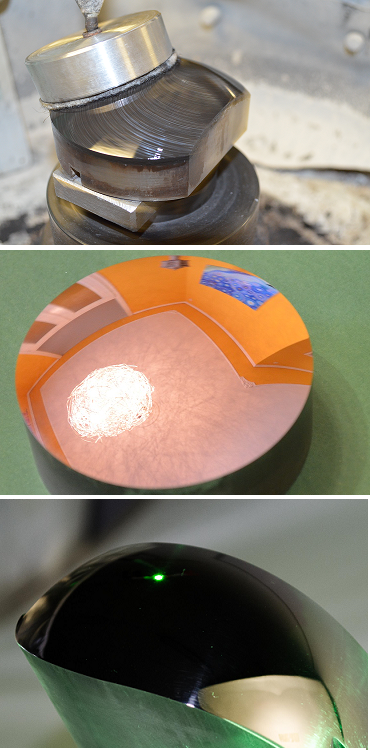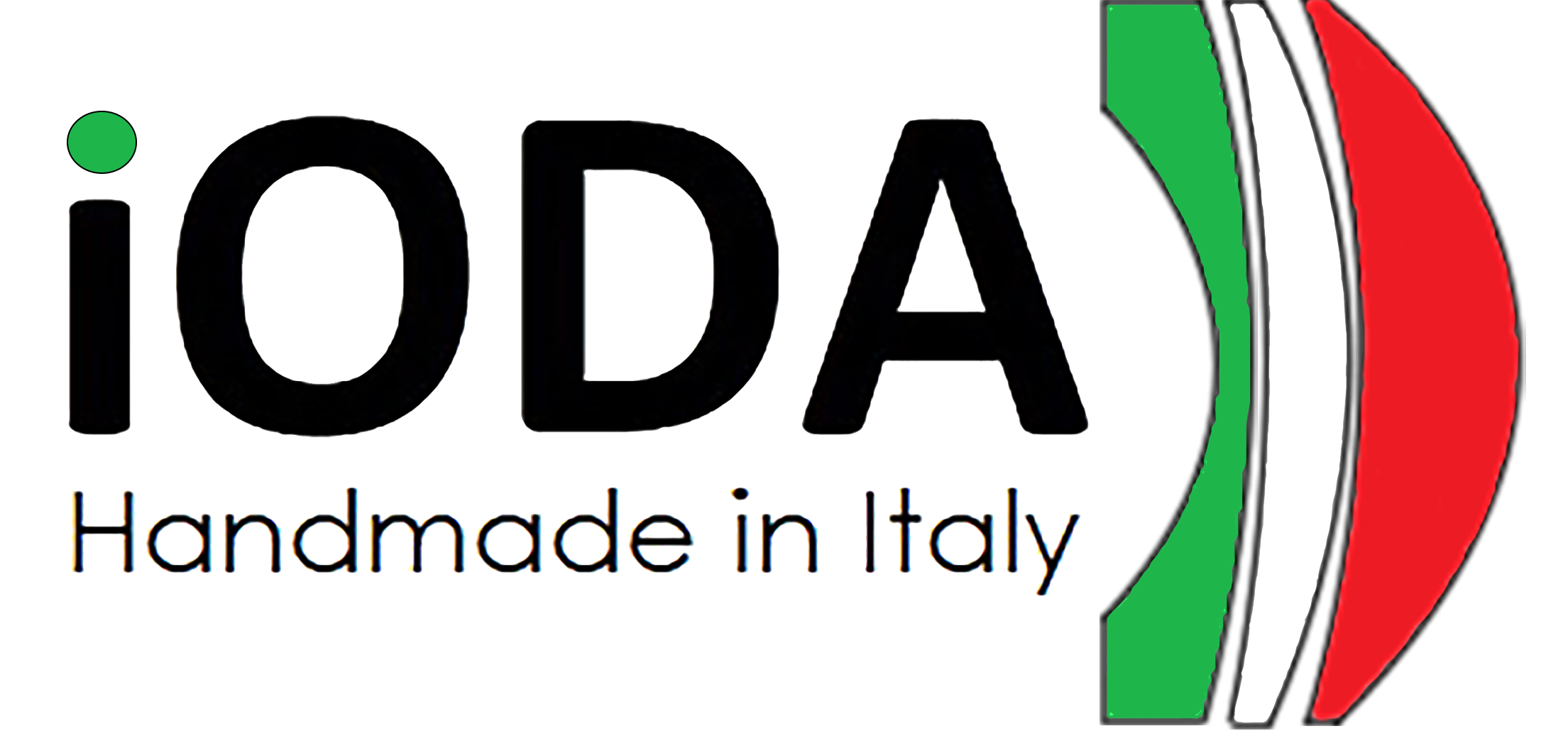IODA has developed the technology to polishing steel molds, which is necessary for the creation of nylon and polycarbonate lenses for ophthalmic usage.

The technology adopted for this process is similar to the one used for the moulds of ophtalmic glass, but it is extremely rare in the mechanical workshops, when using a peculiar quality inspection for the costant radius and quality surface.
To reach this high quality surface, IODA has created, in the course of years and experimentation hours, a technology called A.C.S. ( it means controlled abrasion of the surface) in which the abrasive pastes are modified during the working process, when the maximum surface quality is required, using a solution in which a powder of diamonds of the grain of 0.25 microns is dissolved.
The control system developed by IODA can check the “roughness” of the surface to be machined, so that to determine the necessary working steps for the realization of the mould.
The final tests can grant the constancy of the radius and the roughness of the surface created, so that to ensure the excellent result of the mould during the production of ophthalmic lenses.
Definition of polishing defects in optics.
Scratch-Dig is the technical parameter used in industry and in the professional field to determine the quality of an optical surface in relation to its roughness, according to the very clear MIL-O-13.830A standard.
The numbers shown represent the width of the roughness in microns, the quality of the polishing also depends on the type of glass used.
80/50 commonly accepted polishing standard, in our case it is the consumer market.
60/50 very good commercial optical surfaces (artisanal production for astronomy, Oldham, Orion, etc. included.
40/20 high-quality optical surfaces (some super-polished in our case, and a couple of names that also operate on a professional level)
20/10 very high quality polishing not intended for the laser sector
10/5 very high quality produced at the request of the laser and telecommunications sector.
Example
Scratch-Dig 40/20 – 4 microns in width and 0.20 mm in diameter
[maxbutton id=”2″ ]


 Italiano
Italiano